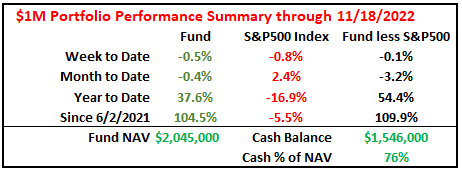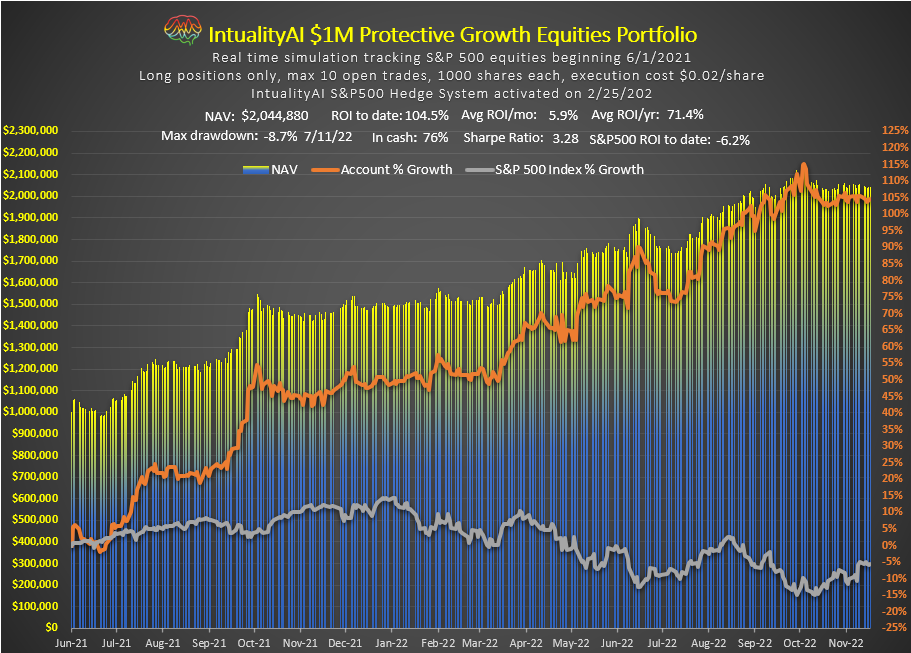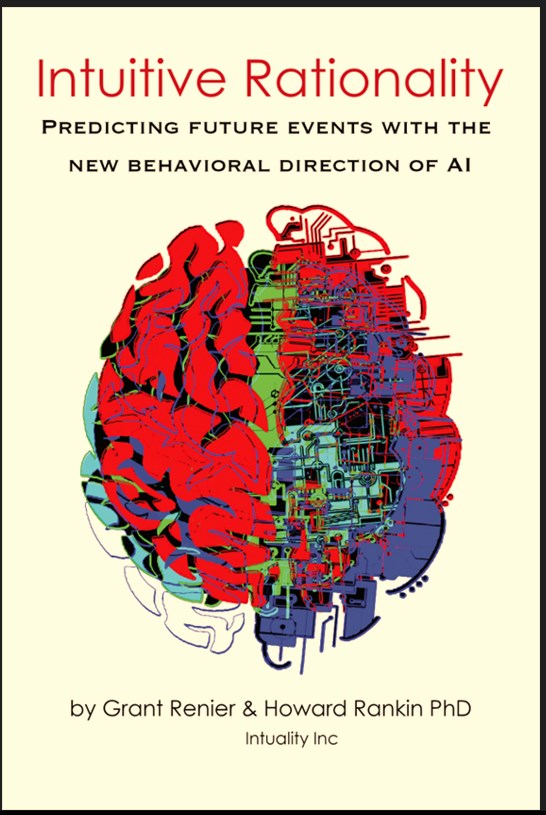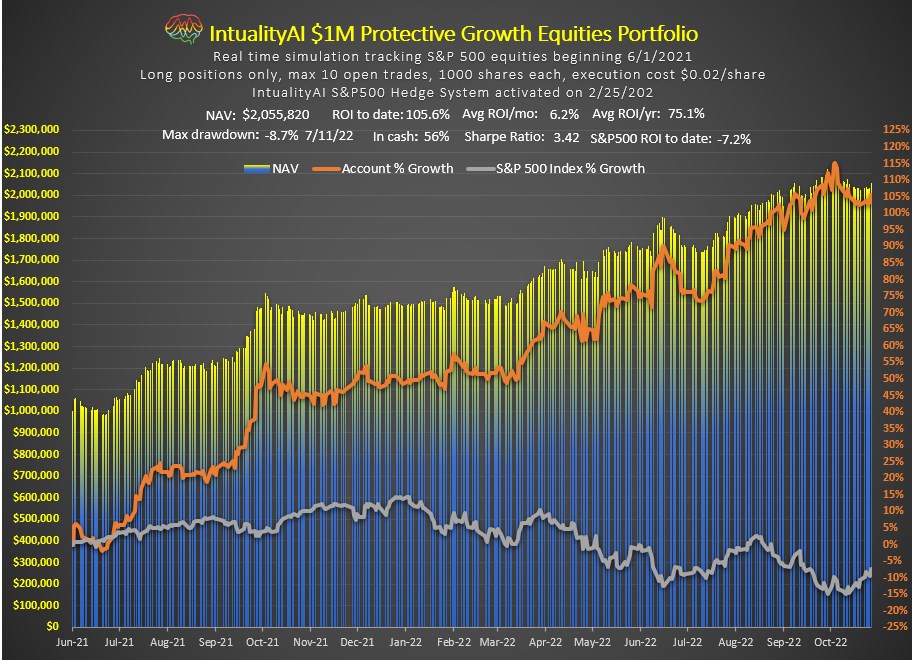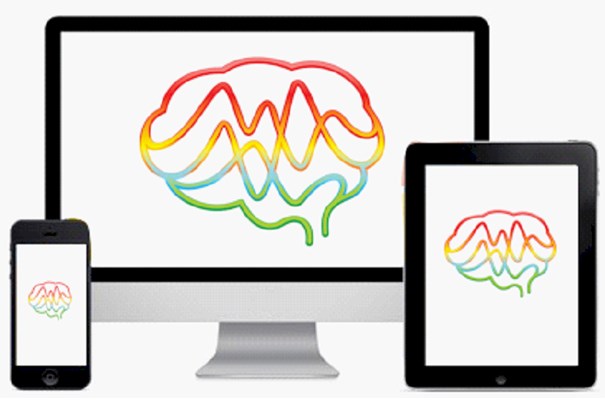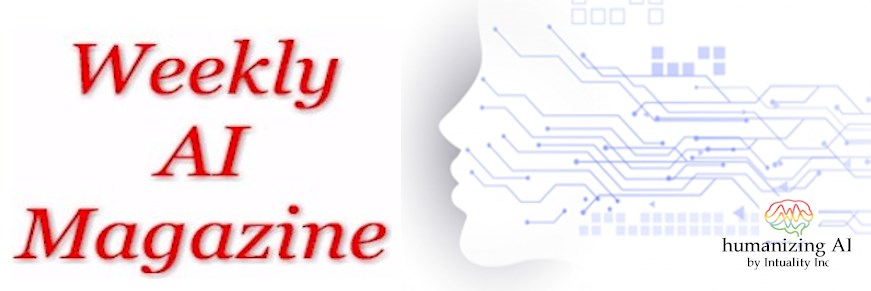
November 18, 2022
It's easy to be overly influenced by early information, by Howard Rankin
Humanized AI combines human first-impression focus, by Michael Hentschel
Anchoring and discounting our way to buying eggs, by Grant Renier
It's easy to be overly influenced by early information
“I think we have had a very productive first day of our investigation,” said Watson. “We have some very promising leads.”
“Yes, but we must be careful. These early notions can significantly put us off the trail, even if they feel promising,” said Holmes.
“I’m not sure what you mean, Holmes. Does nothing we have done today have any importance?”
“We’ll have to wait and find out. We should make no assumptions. Do you remember Inspector Lacazette’s early inquiry into the Ranier murder?
He was very sure from his early investigation that Hentschel was the criminal. He wasted all that time pursuing that one line of enquiry and as a result, completely missed the critical clues that Rinkan was the murderer. He wasted all that time

pursuing that one line of enquiry and as a result, completely missed the critical clues that Rinkan was the murderer. His early line of significantly anchored his thought process to the wrong train. We must be careful that we don’t make the same mistake. It’s too easy to be overly influenced by the early information and the perception it creates.”
“Whatever happened to that Rinkan guy?” asked Watson.
“Probably changed his name and jumped ship to America. Too late now, thanks to Lacazette’s impulsivity.”
Have you ever thought about why you never get a second chance to make a first impression? The answer is perhaps obvious. That the first impression not only can’t be banished from consciousness, it frames the subsequent thought process. In the same way that your view of an optical illusion never goes away, so does your first perception of almost anything. Now, it can certainly be added to over time, so that you can actually see that optical illusion differently, but that doesn’t mean your original perception disappears. First impressions, therefore, are critical and overvalued because they frame the subsequent thought process. This is how marketers and the media frame their stories, so that the subsequent message has more resonance. The wise person recognizes this, and works hard to ramp down the brain’s natural exaggeration of the first impression.
by Howard Rankin PhD, psychology and cognitive neuroscience
Humanized AI combines human first-impression focus
Also known as “Focalism,” a literal pre-occupation of the mind, Anchoring becomes the basis for comparison to all thoughts and judgments made after the first observation. In 1974, Tversky and Kahneman looked at people’s judgment-making. The researchers found that people make insufficient adjustments from an

initially presented value (an anchor). More generally, anchoring bias refers to the influence that your pre-existing knowledge on a matter has on your future decisions.
Recognizing how humans zero in on and then dwell on first impressions can impact marketing & sales: In the recent Twitter controversies, one of the most active topics is their famous blue checkmark, which is reputed to give the holder of that symbol enough celebrity status to be a powerful influencer. That mark was granted by the company and by its algorithms with a fair amount of competition and scarcity, as well as mystery. Among the extreme results of the competition was that some Twitter employees used their positions to sell access to the symbol for as much as a $15,000 under-the-table fee. Just seeing a single subtle symbol created great value.
Anchoring bias can alter and freeze perceptions, leading to inability to accept actual truths: In the recent election, more and more candidates on both sides refused to debate attractive or persuasive opponents who might make a compelling impression at odds with carefully crafted images painted by political teams. Such sudden differences from prevailing profiling can suddenly work negatively or positively, shocking entire campaigns. With open information availability, such strategies have less and less chance of succeeding, but battles over this rage.
Monetizing anchoring can exploit fixed human mindsets where cognitive dissonance impact future decisions: Preconceived notions are first deliberately foisted on and anchored to information consumers of any kind (that is, anyone and everyone imaginable). Then this imprinting either gets reinforced by the next data perceived by these “targeted” consumers, or sent conflicting data for shock value that highlights the positive or negative differences from the first perceptions. This is in fact standard marketing practice, with various levels of effective manipulation.
Competitive situations favor those that have the broadest spectrum of market data of human preferences: Computers must understand this in order not to be as limited as some humans can become. People use their initial reference points as a filter for any new information that’s obtained. More importantly, people assume a range of plausible and preferable alternate future values based on this focal point. Knowing those natural/human preferences makes them susceptible to the right persuasion strategy, but that knowledge can be a highly complex probabilistic calculation only a computer AI can perform effectively.
Imagine an AI computer with an almost infinite ability to understand, schedule and program, implement and adjust for maximum impact, encompassing in its vast AI memories all the most probably behavioral motivations, patterns, weaknesses, inclinations, to optimize a marketing campaign of any kind. This goes on today, and as we have seen elsewhere, Intuality AI uses this algorithmic methodology as just one of its top twelve motivational analytical tools.
Being first to present a piece of information can be a valuable advantage to making that into mindsets: Costco (among others) has a habit (and intentional policy) to run sales of popular products whose prices have been imprinted on its customers over a long time. With its famous $1.50 giant hotdog including a drink, it has never in its entire 39-year existence been able to alter the hot dog’s price, and has chosen not to change it as a popular loss-leader. But for all other well-loved products, Costco engages in special sales that imprint a substantial discount offered while actually raising the previous sale prices by subtly introducing a new higher value/price. They subconsciously telegraph and imprint a new higher price as the reference price. That even increases the perceived discount in the special offer. Soon that the same product will return to the shelves after the discount period, which is long enough to gently allow passing on inflation. No damage to the store’s well-deserved reputation for having the best prices.
Other store chains use the same technique by inventing a list price or pre-sale price well in excess of any price in existence in the market. Only computers can truly track all these market strategies to find best prices, Moreover, an AI with deep understanding of the anchoring biases invoked can also design more subtle yet even more successful marketing strategies to take full advantage of any opportunities before they even exist.
by Michael Hentschel, Yale and Kellogg anthropologist, economist, venture capitalist
Anchoring and discounting our way to buying eggs
The anchoring bias is used by humanized AI at two cognitive levels: the subconscious (System 1 that generates impressions, intuitions, intentions and feelings) and the conscious (System 2 that translates System 1 into beliefs, alerts, actions and feedback of the results), as defined by Tversky and Kahneman. AI's System 1, like living humans, is always active, and continuously anchoring on initial values from inputted data that takes new directions, like the initial price of eggs, followed by days and weeks of minor price changes.
System 2, our conscious mind, is all about action in our real world. It anchors on the value of eggs suddenly on sale or the anticipation of the price going up or down, an actionable alert (decision) to ‘buy the eggs’ or not. It attempts to maximize the benefit or minimize the loss against the prospected future price compared to its anchored price.
Humanized AI, Intuitive Rationality, is designed to simulate our real-world irrational decisions within marketing's anchoring schemes, as opposed to the so-called non-real-world rational consumer. It behaves like an expert consumer, who, while periodically making poor purchasing decisions, performs in the top 20% of all consumers.
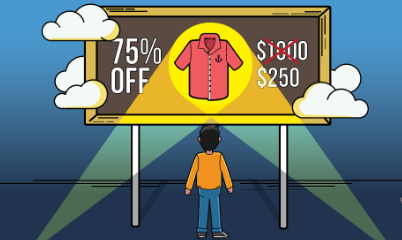
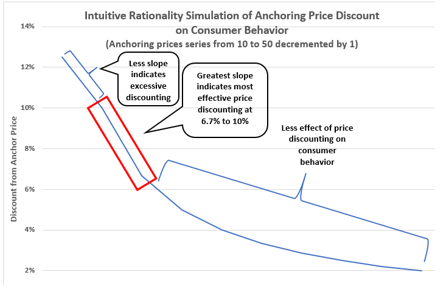
What displayed percentage discounts show the most effectively influence on consumer purchasing behavior, above and below which there is less marginal benefit? Intuitive Rationality continues to process thousands of data series and millions of their data points that measure, among other things, the sensitivity of its System 2 decisions to initial anchoring values. Results indicate the most effective percentage discounts from anchoring prices in retail marketing, for example. The chart, above, shows that range to be from 6.7% to 10%, where the curve has its greatest slope, the greatest benefit to the consumer and producer.
Given all other things being equal like quality and quantity, it may be time to buy eggs.
by Grant Renier, engineering, mathematics, behavioral science, economics
This content is not for publication
©Intuality Inc 2022-2024 ALL RIGHTS RESERVED
